Comments / Questions (19)
![]() Torsten wrote:
Torsten wrote:
Danke leider hat mir die Antwort nicht geholfen. Selbst wenn ich eine Masche vorn hinten und wieder vorn abstricke und das drei Maschen vor und nach der Markierung habe ich nur vier Maschen neu zugenommen und nicht 6 da ja die Masche wo ich rausstricke nicht neu ist.
27.01.2025 - 16:18DROPS Design answered:
Lieber Torsten, Sie stricken nicht in die 3. Masche neben dem Markierungsfaden, sondern nehmen in den 3 Maschen vor und nach dem Markierungsfaden zu, d.h. Sie stricken aus 6 Maschen je 1 zusätzliche Masche heraus. Sie verdoppeln also jeweils die 3 Maschen vor und nach dem Markierungsfaden. Die Anleitung wurde etwas umformuliert, vielleicht ist es dadurch nun verständlicher. Gutes Gelingen!
30.01.2025 - 08:28
![]() Torsten wrote:
Torsten wrote:
Bei der Nase soll in die 3 Masche vor und nach dem Makierungsfaden 2 Maschen rausgeschickt werden . Wie soll das genau gehen das ich dann auf 6 Maschen komme?
24.01.2025 - 18:19DROPS Design answered:
Lieber Torsten, man muss die 3 Maschen vor + die 3 Maschen nach dem Markierungsfaden jeweils 2 Mal stricken, zuerst im vorderen dann im hinteren Maschenglied - siehe Video; so wird man 6 Maschen zunehmen. Viel Spaß beim Stricken!
27.01.2025 - 10:09
![]() Annelize wrote:
Annelize wrote:
I Just LOVE it
02.08.2019 - 07:09
![]() Sylvie wrote:
Sylvie wrote:
Bonjour. Après avoir terminé les bras et qu'on arrive au corps, faut il continuer avec les 4 aiguilles doubles pointes ? Merci pour votre aide.
23.05.2019 - 09:52DROPS Design answered:
Bonjour Sylvie, tout à fait, le corps se tricote en rond. Bon tricot!
23.05.2019 - 10:02
![]() Sylvie wrote:
Sylvie wrote:
Bonjour. Quand il faut augmenter 1 m de chaque côté du museau, c'est a dire qu'il faut augmenter 1m de chaque côté du marqueur ou avant les mailles augmenter après et avant le marqueur. Merci pour votre aide
09.05.2019 - 14:47DROPS Design answered:
Bonjour Sylvie, les augmentations se font de part et d'autre des mailles du museau: vous tricotez deux fois la 1ère et la dernière m du museau. (le marqueur est au milieu) - les diminutions se feront ensuite de chaque côté du marqueur (= avant + après le marqueur). Bon tricot!
09.05.2019 - 15:45
![]() Sylvie wrote:
Sylvie wrote:
Bonjour. Ne sachant pas tricoter avec des aiguilles doubles pointes je souhaiterais savoir si il est possible de faire ce modèle en aller retour avec des aiguilles droites ?Merci pour votre réponse
09.05.2019 - 10:12DROPS Design answered:
Bonjour Sylvie, vous trouverez ici, comment adapter un modèle sur aiguilles droites, si vous êtes à l'aise avec une aiguille circulaire, pensez à utiliser la technique du magic loop. Bon tricot!
09.05.2019 - 11:05
![]() Astrid Herzog wrote:
Astrid Herzog wrote:
Hartelijk bedankt voor het telpatroon. Ik heb nog een vraag. Misschien staat het antwoord ergens. Ik kon het niet vinden. Hoe groot is de beer als hij klaar is? Ik heb een beer en ik wil weten of dat truitje past
14.11.2017 - 10:12DROPS Design answered:
Hallo Astrid, Dat staat er inderdaad niet bij, maar ik zie dat de trui ongeveer 13 cm hoog is, dus ik denk dat de beer dan ongeveer 30 cm hoog is (op basis van de foto)
15.11.2017 - 10:22
![]() Astrid Herzog wrote:
Astrid Herzog wrote:
Ik wil dat berentruitje breien maar kan nergens het telpatroon vinden.
13.11.2017 - 13:43DROPS Design answered:
Hallo Astrid, Het telpatroon is er inmiddels bij gezet ;)
13.11.2017 - 20:56
![]() Anni wrote:
Anni wrote:
Hej Undrar bara hur stor nallen blir
21.10.2016 - 00:16DROPS Design answered:
Hej Anni. Det ved jeg desvaerre ikke, da det ikke specifikt staar i mönstret.
25.10.2016 - 16:16
![]() Maria wrote:
Maria wrote:
Wie strickt man die Ferse? Nimmt man in jeder Hin-Reihe vorne und hinten 1 M. ab und strikt dann linke M. zurück? Ich habe es so gestrickt, aber es sieht komisch aus. Danke für die Hilfe.
21.08.2015 - 22:39DROPS Design answered:
Sie stricken die Ferse ja in Hin- und Rück-R über die 14 Maschen. Sie nehmen in jeder der 5 R, die Sie stricken, an beiden Seiten der 14 M je 1 M ab, also in jeder R 2 M = 10 M insgesamt in den 5 R. Die Anleitung wird gleich an dieser Stelle präzisiert.
01.09.2015 - 09:57
Beary Cute Friend#dropsbearycutefriend |
||||||||||||||||
|
|
||||||||||||||||
DROPS Teddy soft toy and jumper in “Karisma”.
DROPS Baby 4-22 |
||||||||||||||||
|
TEDDY: Knitted in one piece from top to bottom. Therefore fasten ends and fill the teddy with poly stuffing as you go along. Cast on 8 sts distributed on 4 needles and knit stockinette st, at the same time inc to 16 sts on next round by knitting 2 sts in each st. Inc to 32 sts on next round the same way, knit 1 round without inc. Inc to 48 sts on next round by knitting 2 sts in every other st. Knit 6 rounds without inc. Now increase for snout: insert a marker between 2 sts on one of the needles, knit 2 sts in each of the 3 sts before and after marker = 6 new sts on needle. Finish the round. Now inc on both sides of snout inside the last st on every round: 1 st 4 times and then dec inside the last st on every round: 1 st 4 times. Now dec 1 st on both sides of marker on every other round by K2 tog into back of st before marker and K2 tog after marker a total of 3 times = 48 sts. Knit 2 rounds, and then on next round K2 tog around = 24 sts. Knit a further 4 rounds. There are now 6 sts on each needle and front of teddy is mid on of the needles - head and neck are now completed. Knit 1 round inc 1 st in the first and last st on each needle = 32 sts. Continue this inc on every other round another 8 times = 96 sts (24 sts on each needle). Arms: = 24 sts on either side of head. Keep 24 sts on one side of head on needle and put remaining sts on a thread. Cast on 2 sts either end of needle = 28 sts and distribute these on all 4 needles. Knit 24 rounds and then K2 tog around= 14 sts. Knit another 2 rounds, cut the thread and pull through remaining sts. Repeat on 24 sts on the other side of head. Body: Put sts from thread back on needle and cast on 2 new sts each side of back and front (= 4 new sts under each arm) = 56 sts in total. Insert a marker mid front on stomach and now knit 2 sts in each of the 3 sts before and after marker = 6 new sts on needle. Finish the round and knit another 4 rounds. Now inc 1 st on each side of the stomach inside the last st on needle on every other roundt 2 times. Knit 7 rounds. Now dec 1 st on both sides of marker on every round 5 times = 56 sts. Knit 3 rounds and continue with legs. Legs: Divide piece mid front and mid back = 28 sts on each leg. Put sts from 1 leg on a thread. Knit 24 rounds and continue knitting heel as follows: 5 rows stockinette st on 14 sts mid back, at the same time dec each side on every row: 1 st 5 times = 4 sts left. Pick up 5 sts on each side of heel and knit 6 rounds on all 28 sts. Now K2 tog around = 14 sts, and then 2 rounds without dec. Cut the thread, pull through remaining sts and fasten. Put sts from thread back on needle and knit the other leg. Ears: Pick up 1 st in each st from round 6-16 = 10 sts on either side of the head (= equal number of sts between ears back and front). Knit 8 rows garter st back and forth on needle, on next row K2 tog across, knit 2 rows and bind off. Crochet a row of sc round the ears on crochet hook size 3.5 mm/E/4. Assembly: Sew opening at top of head, under arms and between legs. Crochet a bow on crochet hook size 2.5 mm/C/2 with red as follows: Ch 16 and form a ring with a sc in first ch. Ch another 16 and form another ring with a sc in the sc from first ring (a number 8). Crochet 16 sc in each loop. Attach bow to top of head. Embroider eyes, nose and mouth as follows: Place eyes inside the inc and dec on the top of both sides of snout, use blue Safran and make eyes approx 1 cm / ⅜" in diameter. Place nose right below the eyes, use red Safran and cover the width of 4 sts and the height of 2 sts. Make 2 sts from middle of nose towards the mouth and form the mouth from the middle with 3 sts each side. JUMPER FOR TEDDY: Materials: Safran remnants in pink, red, yellow, blue and light yellow DROPS double pointed needles size 3 mm / US 2or3. Knitting gauge: 24 sts x 32 rows on needle size 3 mm / US 2or3 in pattern = 10 x 10 cm / 4" x 4" Garter st back and forth on needle: knit all rows. Cast on 88 sts on double pointed needles size 3 mm / US 2or3 with pink and knit 4 rounds garter st. Continue in pattern as follows: M.4, 3 rounds pink, M.5, 3 rounds pink, M.6 and complete piece in pink. At the same time when piece measures 5 cm / 2" divide piece and complete front and back pieces separately back and forth on needle. Front piece: = 44 sts. Inc 12 sts each side for sleeves and continue in pattern. When piece measures 10 cm / 4" bind off the middle 12 sts for neck. Bind off remaining sts when piece measures 13 cm / 5⅛". Back piece: = 44 sts. Inc 12 sts each side for sleeves and continue in pattern. When piece measures 7 cm / 2¾" divide piece for split mid back and complete each side separately. When piece measures 10 cm / 4" bind off 5 sts towards neckline. Bind off remaining sts when piece measures 13 cm / 5⅛". Assembly: Sew shoulder seam. Pick up approx 30 sts round sleeve edges on needle size 3 mm / US 2or3 with pink and knit 4 rows garter st. Sew sleeve seam. Now crochet a row of sc on crochet hook size 3 mm / C with pink round the neck and split mid back. Crochet two chain bands measuring approx 10 cm / 4" each and attach at top of split each side. |
||||||||||||||||
Diagram explanations |
||||||||||||||||
|
||||||||||||||||
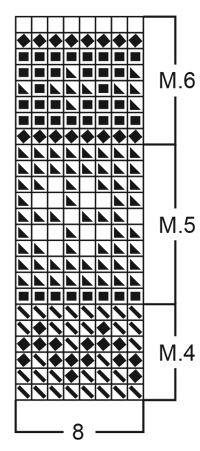
|
||||||||||||||||
Have you finished this pattern?Tag your pictures with #dropspattern #dropsbearycutefriend or submit them to the #dropsfan gallery. Do you need help with this pattern?You'll find 23 tutorial videos, a Comments/Questions area and more by visiting the pattern on garnstudio.com. © 1982-2025 DROPS Design A/S. We reserve all rights. This document, including all its sub-sections, has copyrights. Read more about what you can do with our patterns at the bottom of each pattern on our site. |
||||||||||||||||

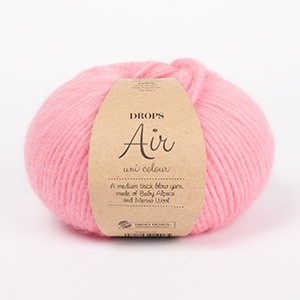





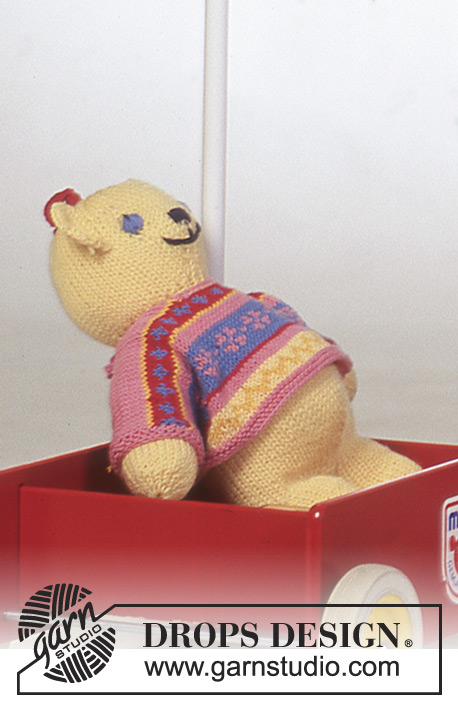


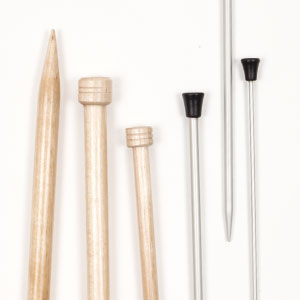
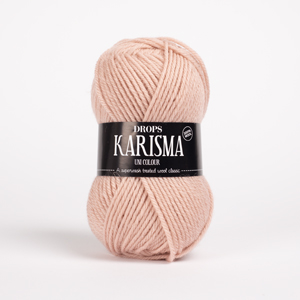
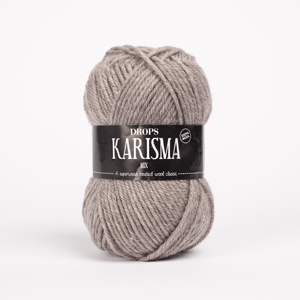
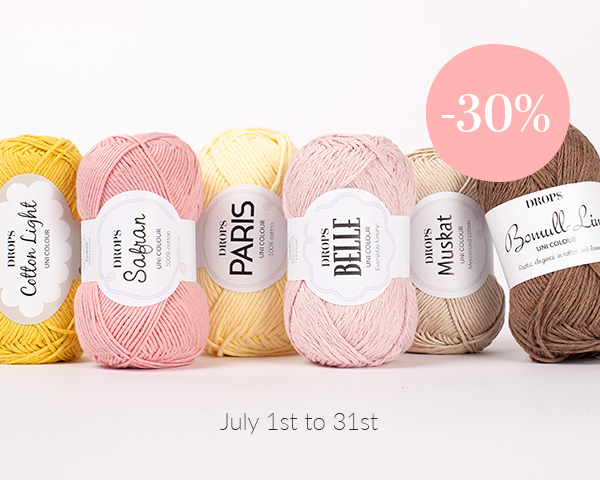































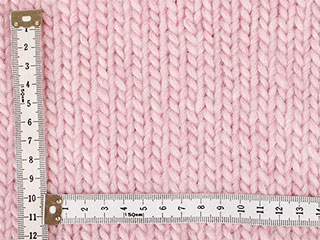
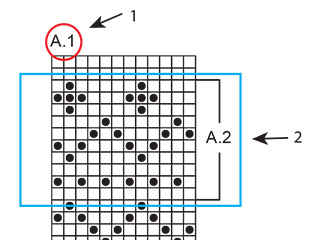
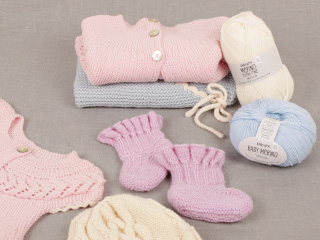
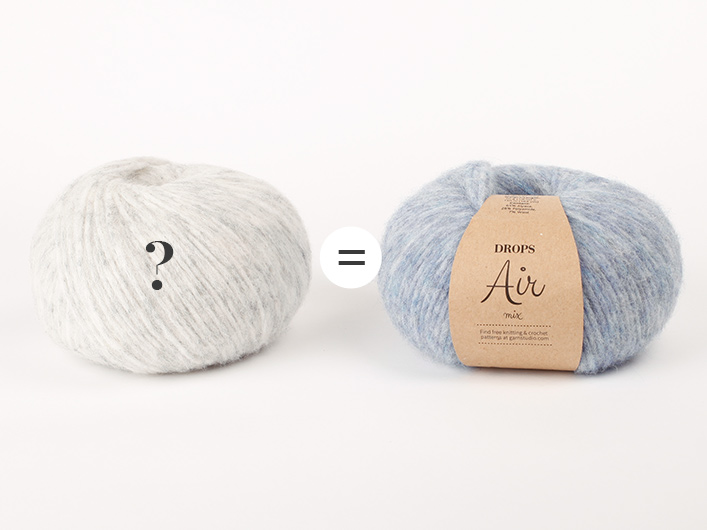
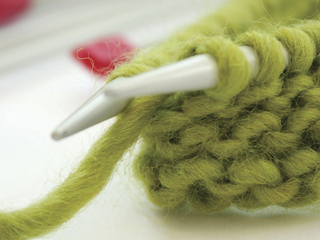
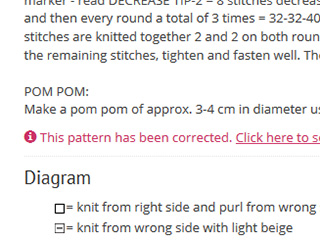
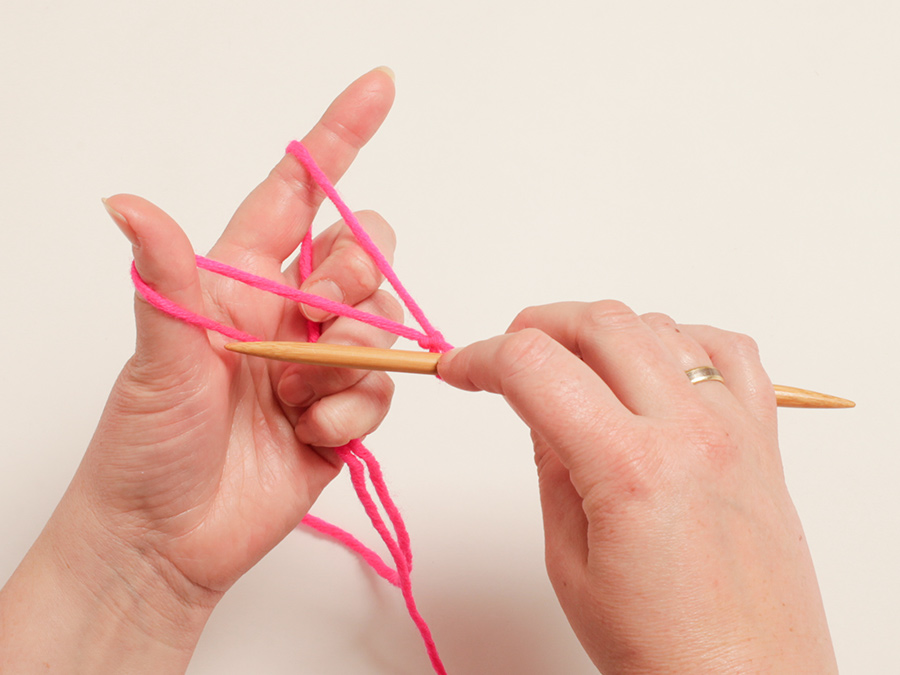
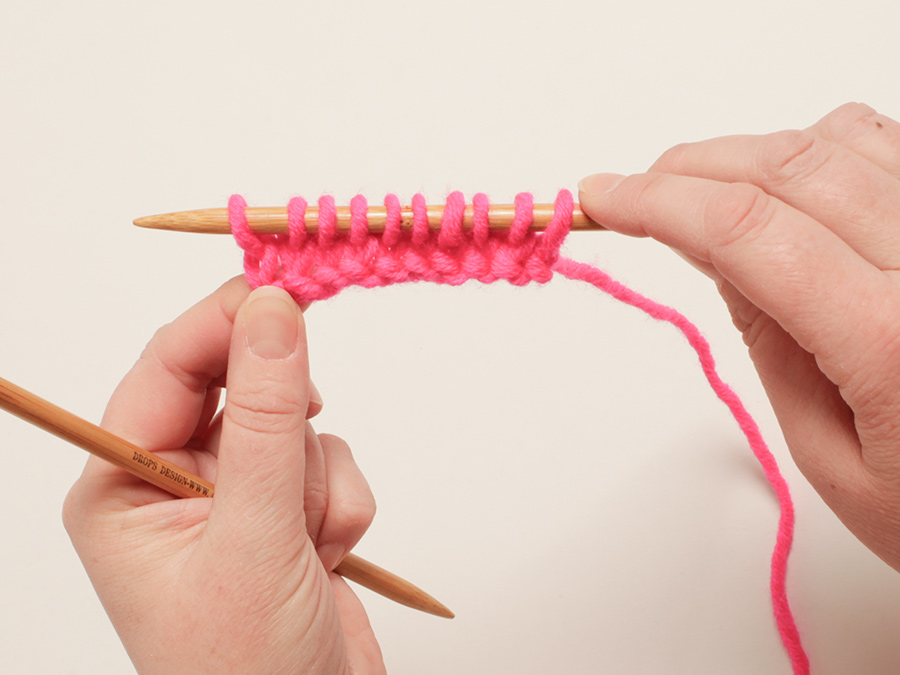
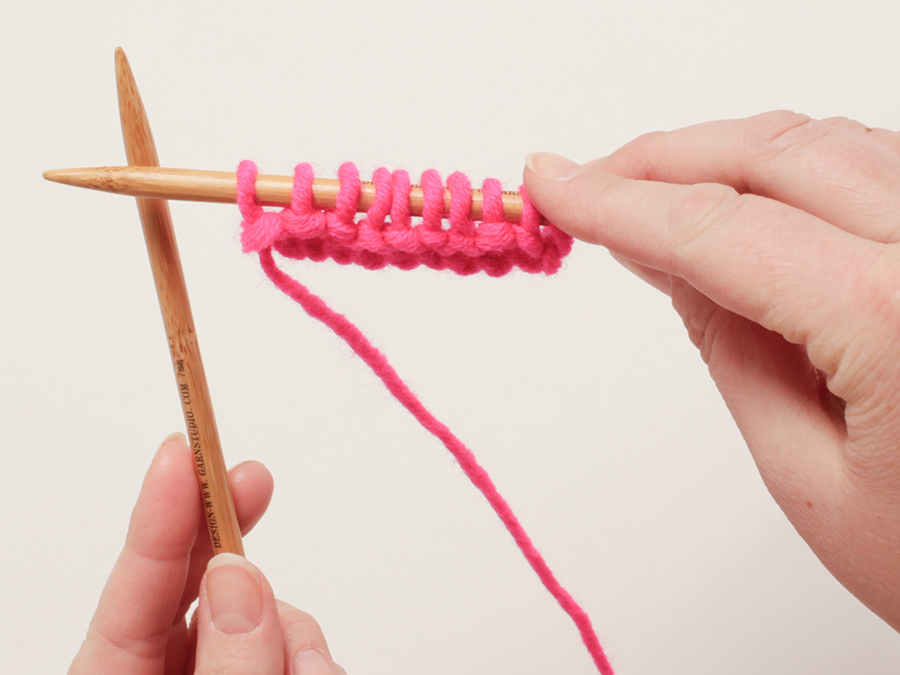
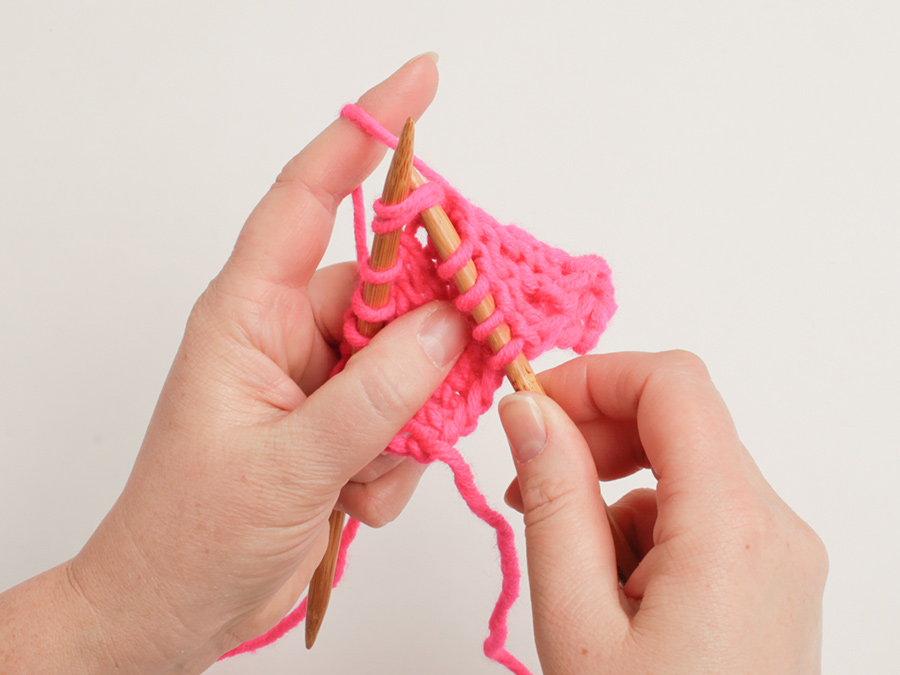
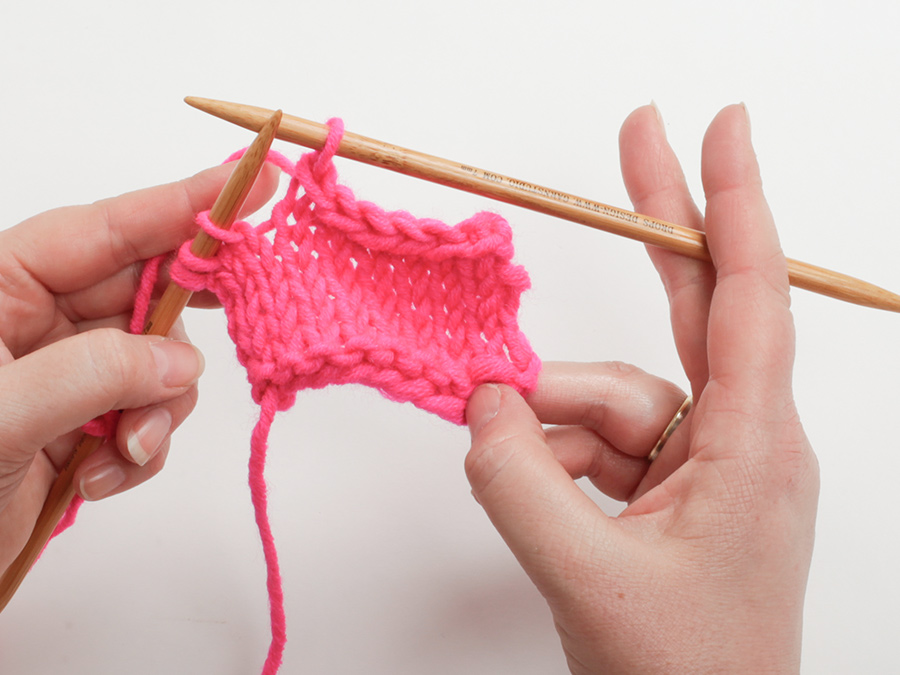
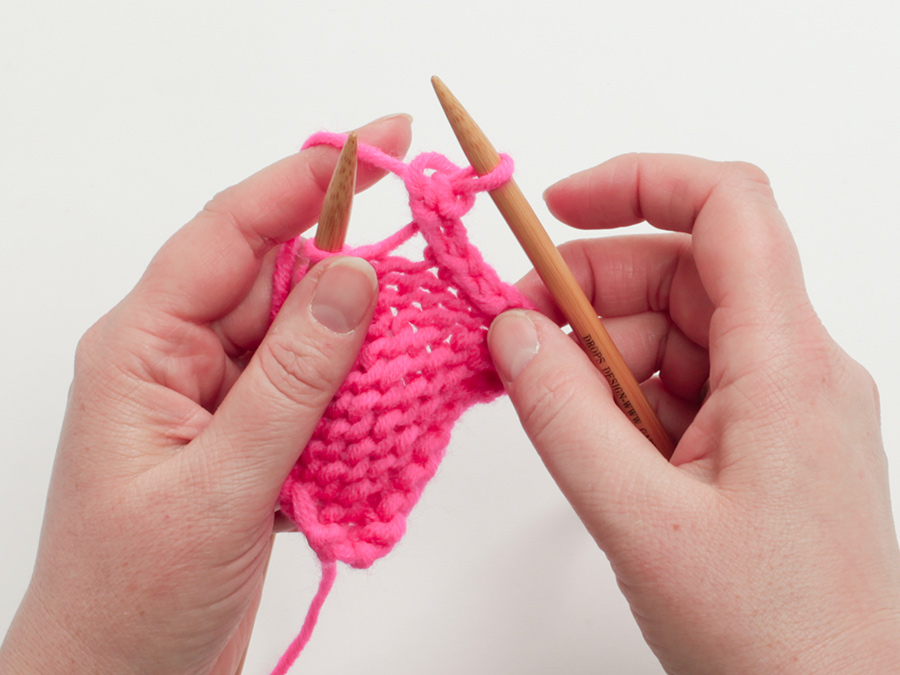


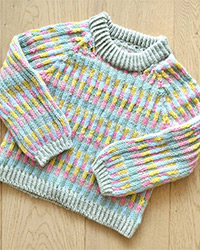
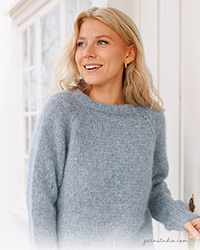

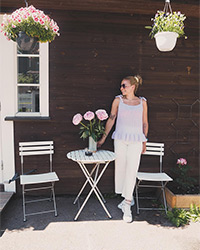
Post a comment to pattern DROPS Baby 4-22
We would love to hear what you have to say about this pattern!
If you want to leave a question, please make sure you select the correct category in the form below, to speed up the answering process. Required fields are marked *.